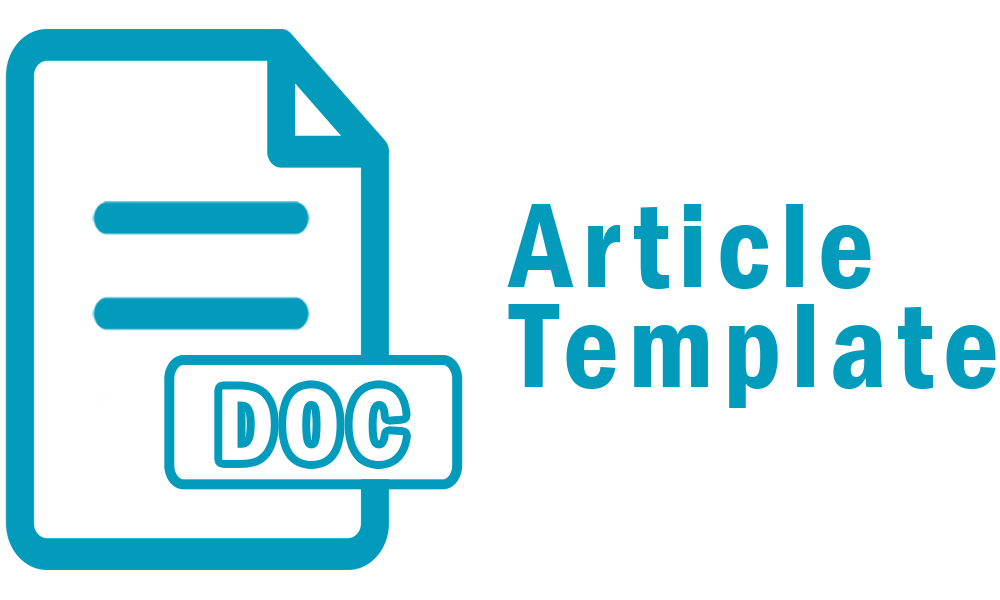Dynamic Representation-Aided Discovery Learning to Improve Translational Ability between Different Representations at the Same Level
 Country:
Country:
(1) Universitas Lampung [Scopus ID: 57216792189].
(2) Universitas Lampung.
(3) Universitas Lampung.
| Metrics→ |
| Indexing Site → |
|
|
|
|
Copyright (c) 2024 Andrian Saputra, Lisa Tania, Annisa Hanun
Abstract: This research aimed to describe the effectiveness of discovery learning assisted by molecular simulations in improving translational ability at the same level on stoichiometric topic. The method used in this research was quasi-experimental with purposive sampling data collection techniques. The population in this study were all students in class XI Science at SMA Negeri 2 Metro for the 2022/2023 academic year. Class X IPA 2 was the experimental class while class XI IPA 3 as the control class. The increase in translational ability at the same level was measured based on the significant difference in the n-gain average in the experimental class and the control class. The research results showed that the n-gain average of students in the experimental class was 0.6 in high criteria, while the n-gain average of students in the control class was 0.53 in medium criteria. Based on the difference test, the translational ability at the same level of students in the experimental class was higher than in the control class. It can be concluded that discovery learning assisted by molecular simulations was effective in improving translation abilities at one level of chemical representation in stoichiometric topic.
Keywords: discovery learning, molecular simulation, translation ability at one level chemical representation, stoichiometry
Bicknell-Holmes, T., & Seth Hoffman, P. 2000. Elicit, engage, experience, explore: Discovery learning in library instruction. Reference Services Review, 28(4), 313–322.
Castronova, J. A. 2002. Discovery Learning for the 21st Century: What is it and how does it compare to traditional learning in effectiveness in the 21st century. Action Research Exchange, 1(1).
Dahsah, C., & Coll, R. K. 2008. Thai grade 10 and 11 students’ understanding of stoichiometry and related concepts. International Journal of Science and Mathematics Education, 6(3), 573–600.
Gkitzia, V., Salta, K., & Tzougraki, C. 2011. Development and application of suitable criteria for the evaluation of chemical representations in school textbooks. Chemistry Education Research and Practice, 12(1), 5–14.
Johnstone, A. 1991. Why is chemistry difficult to learn? things are seldom what they seem. Journal of Computer Assisted Learning, 7(1), 75–83.
Johnstone, A. H. 2000. the Practice of Chemistry Education (Invited Contribution*). Chemistry Education: Research And Practice In Europe Educ. Res. Pract. Eur, 1(1), 9–15.
Kozma, R. B., & Russell, J. 1997. Multimedia and Understanding: Expert and Novice Responses to Different Representations of Chemical Phenomena. Journal of Research in Science Teaching, 34(9), 949–968.
Kozma, R., Chin, E., Russell, J., & Marx, N. 2000. The Roles of Representations and Tools in the Chemistry Laboratory and Their Implications for Chemistry Learning Center for Technology in Learning SRI International. The Journal of the Learning Sciences, 9(2), 105–143.
Kozma, R., & Russell, J. 2005. Students Becoming Chemists: Developing Representationl Competence. Visualization in Science Education, 121–145.
Meir, E., Perry, J., Stal, D., Maruca, S., & Klopfer, E. 2005. Article How Effective Are Simulated Molecular-level Experiments for Teaching Diffusion and Osmosis ? 4, 235–248.
Shehab, S. S., & BouJaoude, S. 2017. Analysis of the Chemical Representations in Secondary Lebanese Chemistry Textbooks. International Journal of Science and Mathematics Education, 15(5), 797–816.
Sim, J. H., & Daniel, E. G. S. 2014. Representational competence in chemistry: A comparison between students with different levels of understanding of basic chemical concepts and chemical representations. Cogent Education, 1(1), 1–17.
Stieff, M. 2011. Improving representational competence using molecular simulations embedded in inquiry activities. Journal of Research in Science Teaching, 48(10), 1137–1158.
Sujak, K. B., Gnanamalar, E., & Daniel, S. 2017. Understanding of Macroscopic, Microscopic and Symbolic Representations among Form Four Students in Solving Stoichiometric Problems. Malaysian Online Journal of Educational Sciences, 5(3), 83–96.
Sunyono. 2013. Validitas Model Pembelajaran Kimia Berbasis Multipel Representasi Untuk Meningkatkan Model Mental Siswa Pada Topik Struktur Atom. Journal of Chemical Information and Modeling, 53(9), 1689–1699.
Tasker, R., & Dalton, R. 2006. Research into practice: Visualisation of the molecular world using animations. Chemistry Education Research and Practice, 7(2), 141
Treagust, D. F., Chittleborough, G., & Mamiala, T. L. 2003. The role of submicroscopic and symbolic representations in chemical explanations. International Journal of Science Education, 25(11), 1353–1368.
Vangunsteren, W. F., Dolenc, J., & Mark, A. E. 2008. Molecular simulation as an aid to experimentalists. Current Opinion in Structural Biology, 18(2), 149–153.
Refbacks
- There are currently no refbacks.

This work is licensed under a Creative Commons Attribution-ShareAlike 4.0 International License.
The copyright is reserved to Bulletin of Social Studies and Community Development that is licensed under a Creative Commons Attribution-ShareAlike 4.0 International License.
Address:
STKIP Al Islam Tunas Bangsa: Jalan Z.A. Pagar Alam No. 41 Gedong Meneng Bandar Lampung
Institute of Multidisciplinary Research and Community Service: Jalan Airan Raya, Way Huwi, Lampung Selatan

